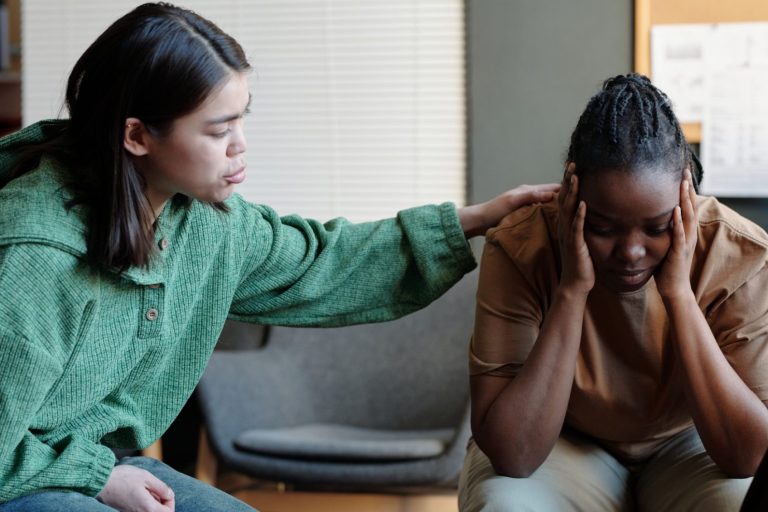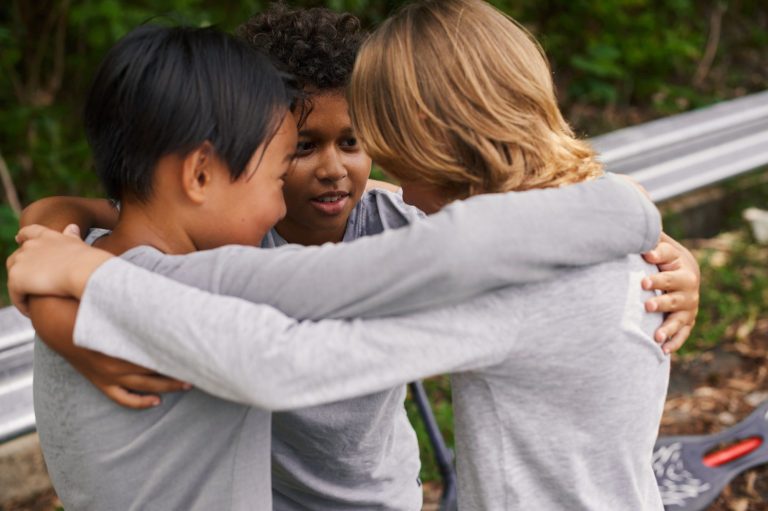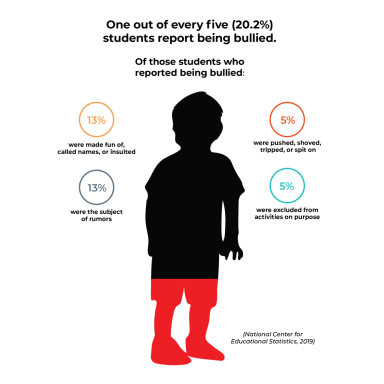What is bullying?
In 2014, the Centers for Disease Control and Department of Education released the first federal definition of Bullying. The definition includes three core elements:
- Unwanted aggressive behavior
- Observed or perceived power imbalance
- Repetition or high likelihood of repetition of bullying behaviors
Bullying affects all youth, including those who are bullied, those who bully others, and those who witness bullying. The effects of bullying may continue into adulthood. Youth who bully can be either well connected socially or marginalized, and may be bullied by others as well. Similarly, those who are bullied sometimes bully others.
Solutions to bullying are not simple. Bullying prevention approaches that show the most promise confront the problem from many angles. They involve the entire school community—students, families, administrators, teachers, and staff such as bus drivers, nurses, cafeteria and front office staff—in creating a culture of respect. Zero tolerance and expulsion are not effective approaches. Bystanders, or those who see bullying, can make a huge difference when they intervene on behalf of someone being bullied.
Studies also have shown that adults can help prevent bullying by talking to children about bullying, encouraging them to do what they love, modeling kindness and respect, and seeking help.
Facts from www.stopbullying.gov
Some Statistics on Bullying
Select image below to enlarge.
Some Statistical Solutions
Discover more about our extensive range of professional services. We constantly update this page, but if you still can’t find what you’re looking for, please feel free to get in touch with us – we will be more than happy to help.

Students who experience bullying report that allying and supportive actions from their peers (such as spending time with the student, talking to him/her, helping him/her get away, or giving advice) were the most helpful actions from bystanders.
(Davis & Nixon, 2010)

Students who experience bullying are more likely to find peer actions more helpful than educator or self-actions (Davis & Nixon, 2010)

The Youth Voice Research Project (2010) found that victimized students reported the following bystander strategies that made things better:
• spent time with me (54%)
• talked to me (51%)
• helped me get away (49%)
• called me (47%)
• gave me advice (46%),
• helped me tell (44%)
• distracted me (43%)
• listened to me (41%)
• told an adult (35%)
• confronted them (29%)
• asked them to stop

Two-thirds of tweens are willing to step in to defend, support, or assist those being bullied at school and online when they see it
(Patchin & Hinduja, 2020).

School-based bullying prevention programs decrease bullying by up to 25%.
(McCallion & Feder, 2013)
© Copyright 2024 HPHP. All rights reserved.
We need your consent to load the translations
We use a third-party service to translate the website content that may collect data about your activity. Please review the details in the privacy policy and accept the service to view the translations.











